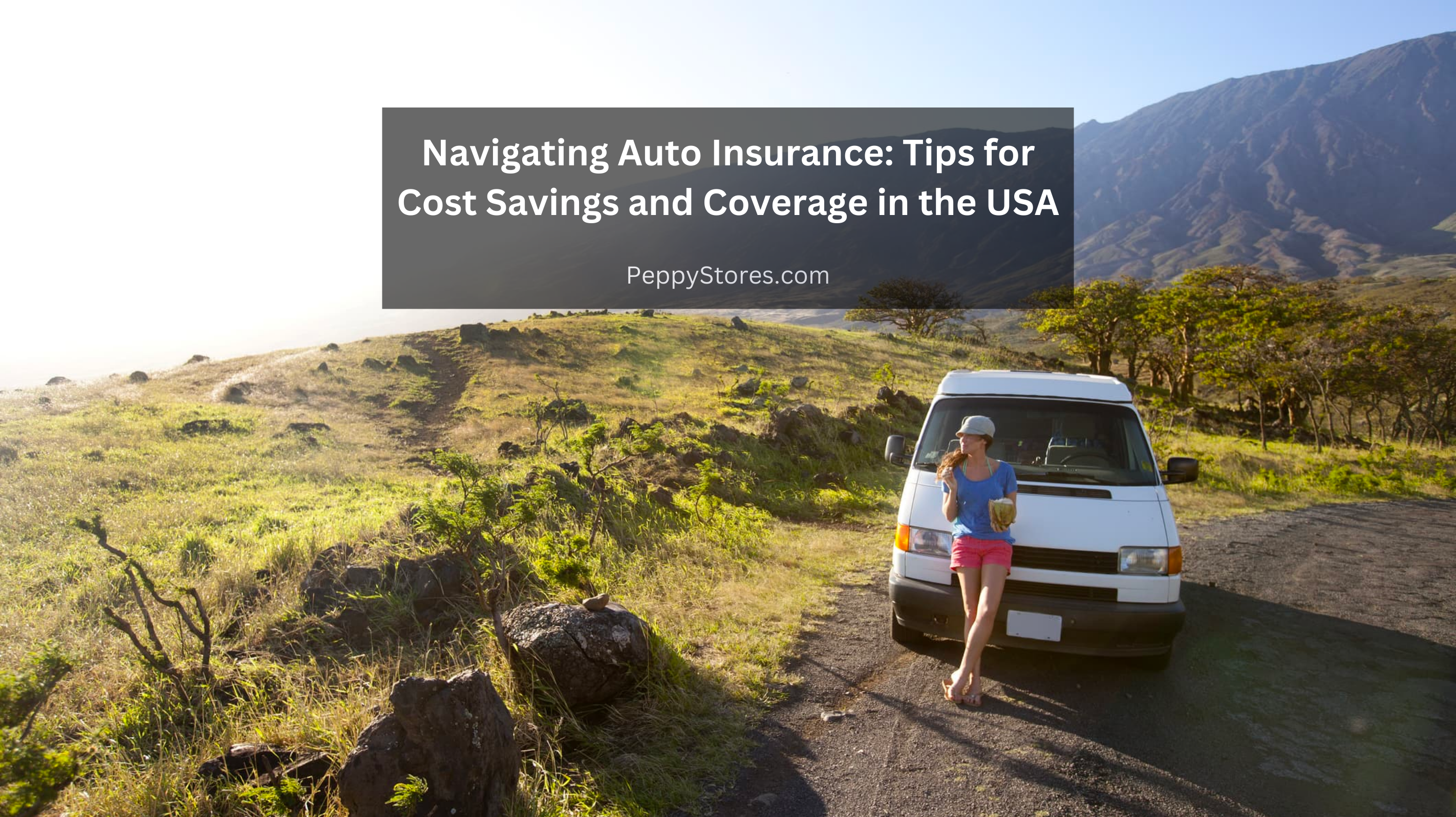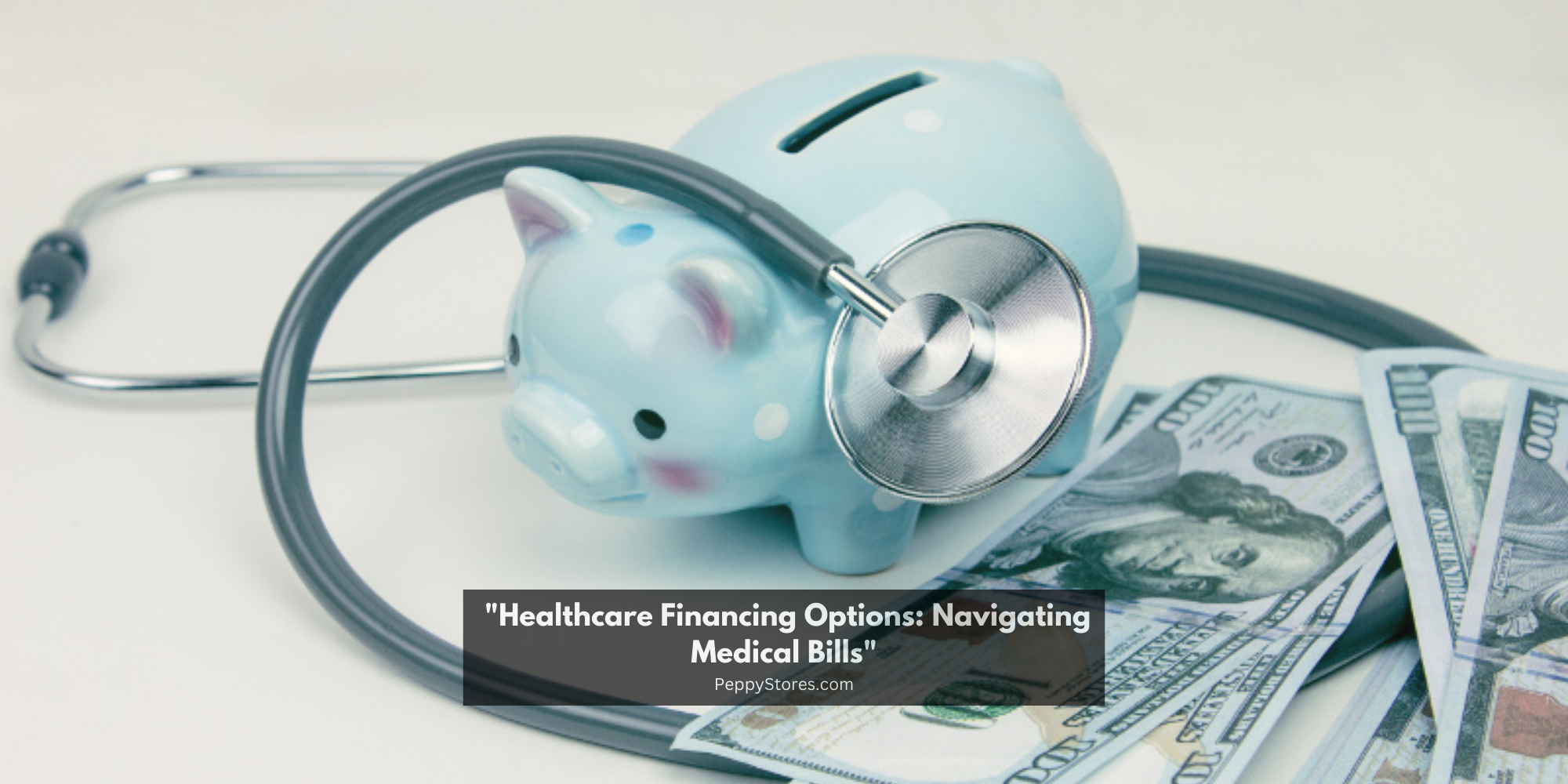**Navigating Auto Insurance: Tips for Cost Savings and Coverage in the USA**
Owning a vehicle in the United States is a convenience that comes with responsibilities, and one of the most crucial aspects is securing the right auto insurance. Navigating the world of auto insurance can be complex, but with the right knowledge and careful consideration, you can optimize both cost savings and coverage. In this comprehensive guide, we’ll explore valuable tips to help you make informed decisions about your auto insurance, ensuring you have the protection you need without breaking the bank.
**Understanding the Basics of Auto Insurance in the USA**
Before delving into cost-saving strategies, it’s essential to understand the fundamental components of auto insurance in the USA. Auto insurance typically consists of several coverage types, each serving a specific purpose:
1. **Liability Coverage:** This covers bodily injury and property damage expenses for the other party if you’re at fault in an accident.
2. **Collision Coverage:** This pays for repairs to your vehicle in case of a collision, regardless of fault.
3. **Comprehensive Coverage:** This covers non-collision incidents such as theft, vandalism, or natural disasters.
4. **Uninsured/Underinsured Motorist Coverage:** This protects you if you’re involved in an accident with a driver who has insufficient or no insurance.
Now, let’s explore strategies to optimize your auto insurance while keeping costs in check:
**1. Shop Around for the Best Rates**
Auto insurance rates can vary significantly among different providers. Take the time to shop around and compare quotes from multiple insurance companies. Consider both national and local insurers, and don’t hesitate to negotiate or ask about discounts.
**2. Bundle Your Insurance Policies**
Many insurance providers offer discounts for bundling multiple policies, such as auto and homeowners insurance. Consolidating your insurance needs with one provider can lead to substantial cost savings.
**3. Maintain a Good Credit Score**
In many states, your credit score can influence your auto insurance rates. Maintaining a good credit score demonstrates financial responsibility and can result in lower premiums. Regularly check your credit report and address any discrepancies.
**4. Choose a Higher Deductible**
Opting for a higher deductible means you’ll pay more out of pocket in case of a claim, but it also translates to lower monthly premiums. Assess your financial situation to determine a deductible that strikes the right balance between upfront costs and long-term savings.
**5. Drive Safely and Maintain a Clean Record**
Your driving history has a direct impact on your insurance rates. Safe driving habits, a clean record, and avoiding traffic violations can help keep your premiums down. Some insurers also offer safe driving discounts or usage-based insurance programs that monitor your driving behavior.
**6. Consider the Type of Vehicle You Drive**
The make and model of your vehicle can influence insurance rates. High-performance cars, luxury vehicles, and models with expensive repair costs generally result in higher premiums. When purchasing a vehicle, factor in insurance costs to make an informed decision.
**7. Evaluate Your Coverage Needs Periodically**
As your life circumstances change, so do your insurance needs. If you’ve paid off your car loan or your vehicle has depreciated significantly, reassessing your coverage needs can lead to cost savings. However, be cautious not to compromise essential coverage for short-term savings.
**8. Take Advantage of Discounts**
Insurance providers offer various discounts that can significantly reduce your premiums. Common discounts include:
– **Multi-car discount:** Insuring multiple vehicles on the same policy.
– **Good driver discount:** For maintaining a clean driving record.
– **Safety features discount:** For vehicles equipped with safety features like anti-lock brakes and airbags.
– **Good student discount:** For young drivers with good academic records.
– **Military or employee discounts:** Offered by some insurers.
Ask your insurance provider about all available discounts and ensure you are taking advantage of every opportunity to save.
**9. Be Mindful of Coverage Limits**
While it’s tempting to opt for the minimum coverage required by your state, consider the potential financial consequences in the event of a significant accident. Adequate coverage limits provide better protection, and the incremental cost is often worth the added security.
**10. Explore Usage-Based Insurance Programs**
Some insurers offer usage-based insurance programs that track your driving behavior through telematics devices or mobile apps. If you’re a safe and low-mileage driver, you could qualify for discounts based on your actual driving habits.
**11. Review and Update Your Policy Annually**
Regularly review your auto insurance policy, especially when it’s up for renewal. Update your provider on any changes in your circumstances, such as a change of address, marital status, or employment, as these factors can affect your rates.
**12. Understand State-Specific Factors**
Auto insurance regulations and factors affecting premiums can vary from state to state. Familiarize yourself with the specific considerations in your state, such as required coverage types, minimum coverage limits, and state laws impacting insurance rates.
**Conclusion: Striking the Right Balance**
Navigating auto insurance in the USA involves finding the delicate balance between cost savings and adequate coverage. By implementing these tips and staying informed about your options, you can make confident decisions that align with your budget and provide the protection you need on the road. Remember, auto insurance is not just a legal requirement; it’s a crucial aspect of responsible vehicle ownership, safeguarding both your financial security and peace of mind.




